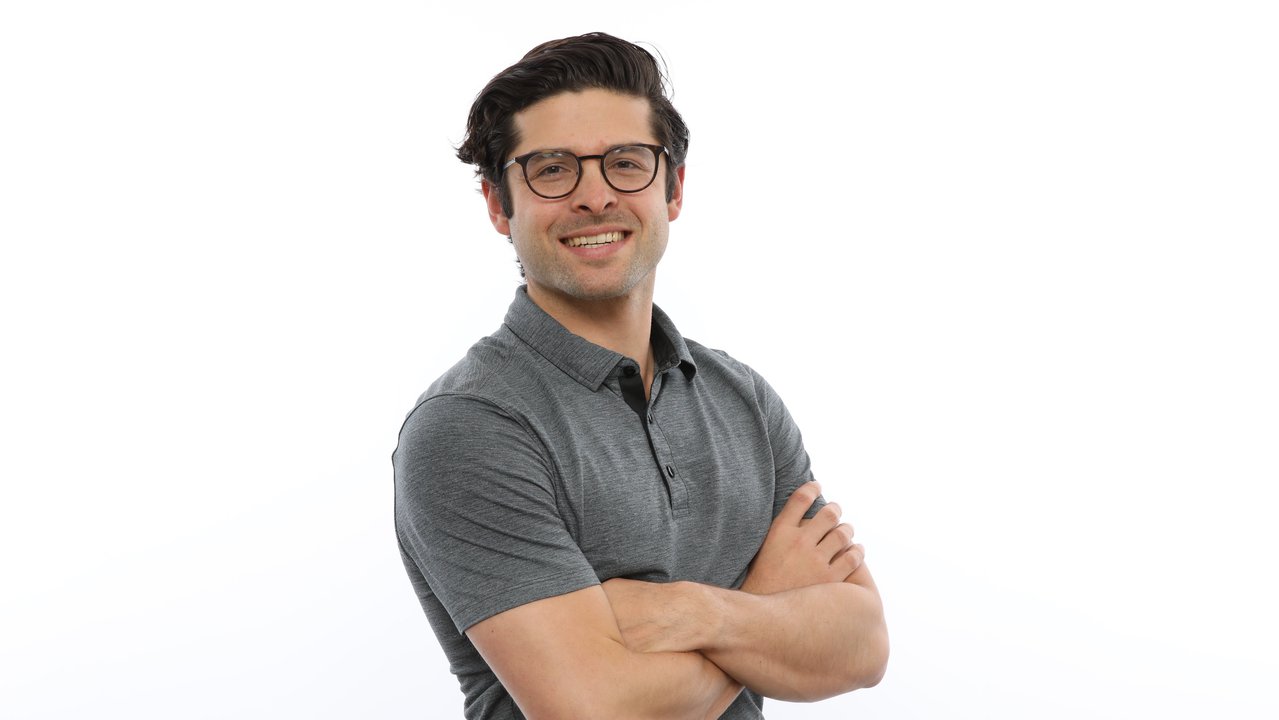The most common traumatically injured body part in skiing is the knee-representing 35% of all body parts injured. The most common knee injury, as well as overall injury in skiing, is an ACL injury-representing 15% of all skiing related injuries. Even a mild ACL sprain from skiing causes the athlete to miss at least 28 days from the sport. That's one whole month! That could be the month when it decides to dump the fresh snow, or the month when it's the best time to be learning new tricks for the competitive season. ACL tears that require surgery may force the skier to miss up to 2 years while enduring post surgical rehabilitation before safely returning back. If you have been skiing for a long time, this is not earth shattering news. As many of you know someone who has, or you have, torn the ACL skiing. So what can you do to avoid ACL injuries in skiing?
The first step is being educated on how ACL tears in skiing occur. Knowledge is power, and this cliche statement is no more evident than the positive results education on ACL injuries produces. In a study where they educated ski patrollers on how ACL injuries occur, they were able to reduce the risk of an ACL injury by up to 62% (*editor's note: this statistic should be taken with reasonable skepticism because of poor study design that lacked a proper control group, and was unable to control for other factors relating to injury including snow conditions, weather conditions, equipment characteristics, and physical athlete characteristics). That’s a staggering number. So what did they learn that helped them avoid ACL injuries?
They learned what research experts have concluded, after video analysis of over 20 World Cup ski racers who tore their ACL during competition, are the three most common ACL mechanisms of injury. I've pulled the actual videos the experts used for analysis, and have provided a commentary over the video as the injury is happening to explain the critical events.
And if you think this article doesn’t apply to you because you read the words “World Cup ski racers” then think again. These mechanisms of injuries can easily occur anywhere on the mountain and for every level or type of skier. After all, if World Cup skiers who are supposed to have elite strength and technical skill, are tearing their ACL then you are just as vulnerable to this injury. If you read below you will probably find you have committed all three technical errors at least once during your skiing career. So, learn the three most common ways in which skiers injure their ACL in the hopes that this knowledge can help to lower your risk.
1. The Slip Catch Mechanism
The most common mechanism of injury, representing 50% of ACL injuries, is called the “slip catch mechanism”. Watch the video below of me breaking down the events that lead up to this skier’s ACL injury.
https://www.newschoolers.com/videos/watch/967298/Film-Room--Slip-Catch
2. The Landing Back Weighted Mechanism
The second most common mechanism of injury, representing roughly 25% of ACL injuries, is called “landing back weighted”. Watch the video below of me breaking down the events that lead up to this skier’s ACL injury.
https://www.newschoolers.com/videos/watch/967299/Film-Room--Landing-Back-Weighted3. The Dynamic Snowplow Mechanism
The third most common mechanism of injury, representing the last quarter of ACL injuries, is called the dynamic snow plow mechanism. Watch the video below of me breaking down the events that lead up to this skier’s ACL injury.
https://www.newschoolers.com/videos/watch/967300/Film-Room--Dynamic-Snow-Plow
Now you know the three most common mechanisms of ACL injuries in the sport of skiing. So what do you do with this knowledge? When you are skiing, I want you to have the body awareness to know when you are in one of these compromising positions, and to have a bail out strategy you can execute. So, instead of trying to recover from poor positioning to try and get down the hill, just fall to the snow. Chances are it can save your ACL, 2 years away from the sport, and improved quality of life.
Dr. Benjamin Pierce Costa, PT, DPT
US Ski Team Rotational Physical Therapist
Telephysio PT-Owner


Comments